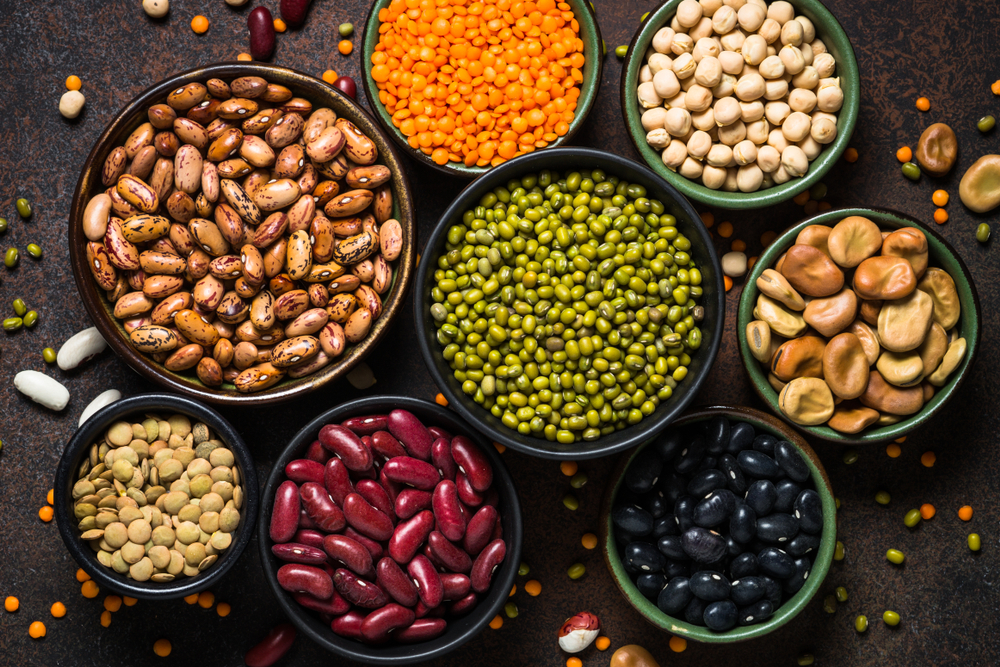Text: Anja Janssen
Previous research showed that dry reprocessing is the most sustainable method to make protein-enriched flour from legumes. The dry process requires approximately 4 Megajoules (MJ) in energy per kilogramme of protein. In contrast, the traditional method requires about 60 MJ. Xing thus elected dry fractionation for her experiments with soya beans, peas, lentils and chickpeas.
The protein-rich mixtures she produced differ from the protein concentrates, and protein isolates that are usually created through wet reprocessing. The dry mixtures are less pure but have the same nutritional value and may have the same application possibilities. They may be used to bind water, for example. Sustainable plant-based proteins are needed to feed the increasing world population.
Increasing protein content
After grinding the legumes and extracting oil when needed (for example, from the soya) Xing used two methods to increase the protein content. She used so-called ‘air classification’ to separate (light) starch from (heavier) proteins. Next, the electrostatic method was deployed to separate fibres -still contained in the proteins- from the proteins. This method requires the particles to de electrically charged: the proteins receive a positive charge, the fibres are negative. The difference in charges then allows the two to be separated using a positive and negative electrode.
Less flatulence
Dry fractionation has a marked drawback, says Xing. ‘Because we do not use water, the anti-nutritional factors are not removed.’ This refers to, for example, certain carbohydrates, such as raffinose and stachyose. These substances are broken down in the human intestinal tract by bacteria, releasing gas that causes flatulence. ‘This is why we added a fermentation stage to break down the anti-nutritional factors.’
I see a bright future for these products
Qinhui Xing
This so-called solid–state fermentation was applied to the protein-rich chickpea flour. And with success. During lactic acid bacteria-induced spontaneous fermentation, the content of raffinose and stachyose was reduced by 88 and 99 per cent respectively. These bacteria break down sugars. Moreover, this leaven can be used to enrich bread with proteins, Xing concluded after baking trials. She expects this new substance to be a valuable ingredient in meat substitutes. Het supervisor, Maarten Schutyser of Food Process Engineering, aims to conduct further studies on fermentation as a method to improve the nutritional value and flavour of plant-based protein ingredients.
‘It is also important to investigate what application possibilities the other fractions that occur through dry fractionation may have. The carbohydrate-rich fraction, for example’, Xing states. This is something another PhD student is working on. Xing has accepted a position as a scientist for a Chinese producer of plant-based meat substitutes. ‘I see a bright future for these products.’
Qinhui Xing obtained her PhD on 9 February from prof. Remko Boom and Maarten Schutyser of Food Process Engineering.

 Photo: Shutterstock
Photo: Shutterstock